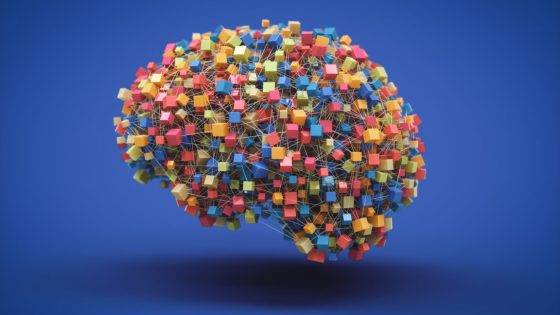Why do large language models (LLMs) like Claude sometimes provide inaccurate information? Recent research sheds light on this issue, revealing how fine-tuning can help these models navigate complex prompts. As of March 29, 2025, understanding these mechanisms is vital for improving AI interactions. Could this be the key to making AI more reliable?
- Fine-tuning improves model response accuracy.
- Distinct neurons activate for known/unfamiliar names.
- "Can't answer" circuit promotes cautious responses.
- Known entities lead to better answer generation.
- Hallucinations linked to neuron weight misfires.
- Increased weights can create fictional athlete responses.
How Fine-Tuning Impacts AI Responses to Prompts
Have you ever wondered why AI sometimes struggles with unfamiliar names? Fine-tuning plays a crucial role in guiding models like Claude to respond accurately. By creating distinct neural pathways for known and unknown entities, researchers can see how these models activate different circuits based on the prompts they receive.
Exploring the “Can’t Answer” Circuit in AI Models
The “can’t answer” circuit is a fascinating aspect of AI behavior. When Claude encounters an unfamiliar name, this circuit activates, prompting the model to hesitate before answering. This reluctance can lead to more accurate responses when the model recognizes well-known entities, like Michael Jordan, as opposed to fictional names.
Key Features of AI Neural Pathways
Understanding how AI models differentiate between known and unknown names is essential. Here are some key features:
- Fine-tuning creates specialized neural pathways.
- Known entities activate response circuits effectively.
- Unfamiliar names trigger the “can’t answer” circuit.
- Misfires in circuits can lead to hallucinated information.
The Importance of Accurate AI Responses
Accurate responses from AI models are crucial for user trust. When AI provides incorrect information, it can lead to confusion and misinformation. By enhancing the fine-tuning process, developers can reduce the chances of hallucinations and improve the overall reliability of AI systems.
In conclusion, understanding the mechanisms behind AI responses is vital for users. As technology continues to evolve, staying informed will help users navigate the complexities of AI interactions more effectively.

































